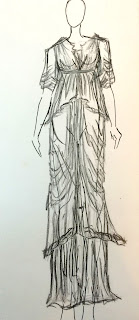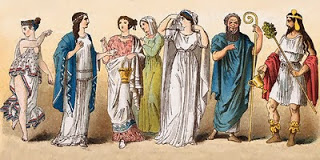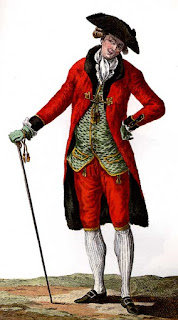ROMAN CLOTHING
Clothing in Ancient Rome was not a liability but a luxury for the civilians and especially clothing with linen and silk was not very affordable to be spun at home. The costumes of the civilians can be distinguished in two ways, which were slipped over the head and which were wound around the body. dying was a very common act among Romans.
TOGA was a wrapped garment which was also known as the Roman cloak. Toga was only worn by men and was an official garment for all public events. Toga also required a huge amount of spun cloth to be draped around the body. Earlier an outer garment for both the sexes which also served as a night blanket, it later became popular among men and worn on all occasions. The Toga came in different borders and embroideries according to ranks and classes.
Sometimes the Romans also wore various tunics under their Toga. For footwear the Romans wore sandals which had simultaneous strips of leather surrounding the feet and calves too. Animal skins and various leather were used often for war garments.
The drapery became very complex and elaborate at the same time. Women wore a PALLA which was an equivalent to the male TOGA. This lengthwise fabric was held on the shoulders by FIBULA (Brooch). There was a variety of fabrics that were worn like wool and silk.
Here are few of my illustrations reflecting on Roman clothing.
Picture credits: Pinterest
References: http://www.historyonthenet.com/romans/clothing.html
http://www.crystalinks.com/romeclothing.html



















































